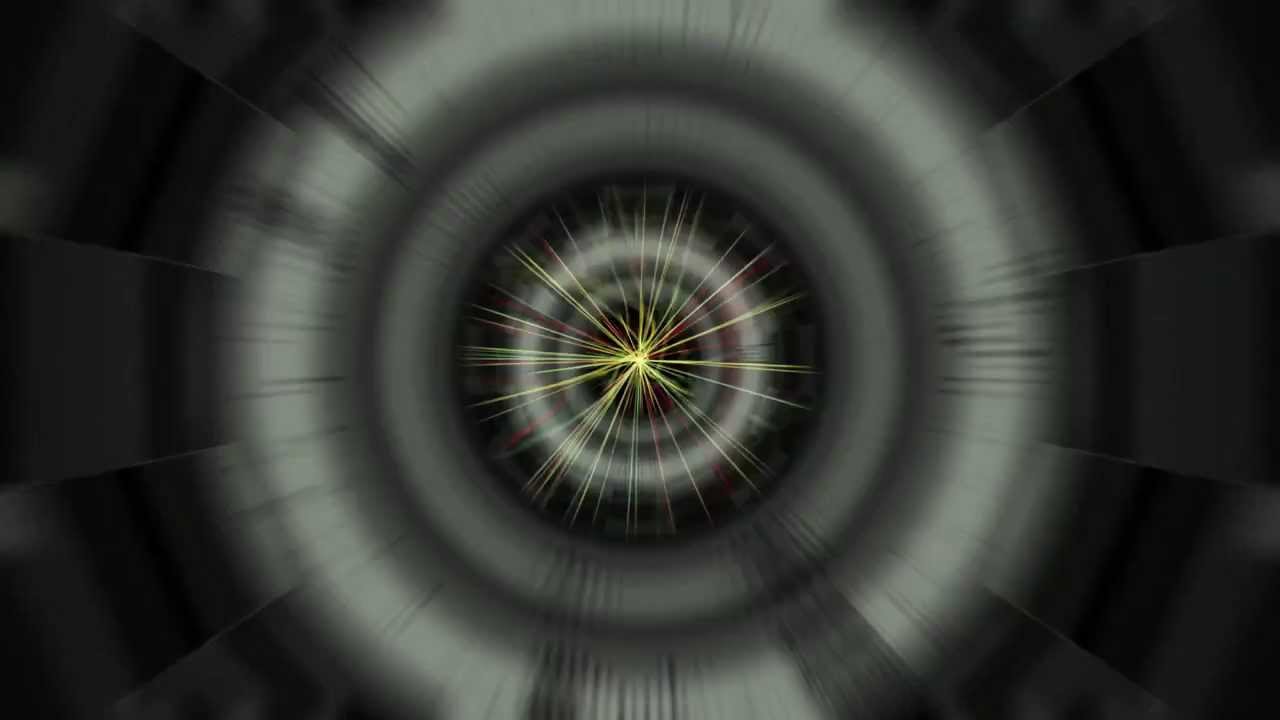By Chlotrudis Independent Film Society
Rating: 4.25 cats
Director: Mark Levinson

Country: united_states
Year: 2014
Running time: 90
IMDB: http://www.imdb.com/title/tt1385956/combined
Jason says: “Lots of sci-fi movies will have scenes of scientists frantically scribbling on chalkboards, with the directors at a loss for how to make this exciting. I don’t envy them their task; it’s usually being done by a new character in a detour from everything else going on, and the stuff being written or said is likely to make those who would find this activity thrilling snicker. PARTICLE FEVER has people scrawling on chalkboards too, but it’s people we know after they have spent some time explaining just what is going on and showing us just how amazing the world’s largest physics lab is.
“That would be the Large Hadron Collider, a seventeen-mile ring on the border of Switzerland and France, built to accelerate protons in opposite directions to see if their collision produces a free Higgs Boson, a particle predicted by the standard model of physics but never actually observed when filming started. It is an awesome place, if only for the scale of the thing: Director Mark Levinson and his crew recite the dimensions we’ve all heard from magazine articles, but allow the place to impress us on its own. It can’t help but do so; this is what everyone who designs a set for a science fiction movie is trying to capture, from the incongruously futuristic buildings in the middle of farmland to the five story tunnels packed with hand-soldered electronics to the great-looking control center. The environment pulls the audience in, letting us see how big and coordinated and cool the project is.
“Levinson has quite the amiable group of subjects, who mostly fall into two groups David Kaplan is the theoretical physicist we see the most of (in addition to narrating when that’s necessary, he’s also a producer on the film who shares the ‘a film by’ credit with Levinson), and he introduces us to two others: Savas Dimopoulos, a Greek-American mentor week works on Nobel-level projects, and Nima Arkani-Named, a Princeton professor considered one of the top minds of his generation. Monica Dunford, an American postdoc at the LHC working on CERN’s Atlas experiment, is the experimental physicist we see most often, joined by coworker Martin Aleksa of Austria and Fabiola Gianotti, the experiment’s director. A large part of the reason why the movie works is that this core group is very easy for laypeople to connect with; Kaplan and Dunford especially are shown to be able to explain what’s going on in a way that makes the audience smile. Having this distinct and likable set of personalities (no condescension, ugly academic rivalries, our forced eccentricity), makes it a lot easier to connect the work they’re doing to the world we live in, no matter how arcane the theories in question seem at first.
“Fortunately, Levinson, Kaplan, and company are pretty good at explaining the purpose and ramifications of these experiments, detailing (and admittedly simplifying) how measuring the mass of the Highs particle would likely determine whether a ‘super-symmetry’ our multiverse model best describes the observable universe in clear enough language that viewers should be able to explain the big picture afterward and recognize just how important the difference is. What’s perhaps most impressive is how targeted the education is; primers are not provided on what the other fundamental particles are beyond what is necessary, nor are there sidetracks into quantum theory or relativity. PARTICLE FEVER does not aim to function as a comprehensive physics tutorial, nor does it require much more than a passing interest in the subject for the audience to keep up; it is, at its heart, the story of people making a contribution to humanity’s understanding of the world, experiential as much as educational.
“The people involved put it in a good position to succeed at being both, though. Kaplan is shown as an engaging speaker on the subject to a general audience, and this experience likely helped shape the film. Levinson actually studied physics before working in film, so even if his résumé as a director is not particularly long, he’s particularly well suited for this job. And it absolutely never hurts for a project like this to have an editor of Walter Murch’s caliber on board; without getting fancy, he and Levinson keep the movie going at a pace that is leisurely but never slow, peppering it with ‘character moments’ and building suspense for those who don’t recall how the climactic press conference goes.
“It’s not spoiling much to say that PARTICLE FEVER ends the way that all of the best science stories do, with an exciting discovery and the promise of more to learn. It might just encourage younger viewers to be the ones to learn it – it shows both the questions and the tools for answering them as big and interesting, and it hurts not one bit that the people involved look plenty nice to be around. 4.25 cats
“Seen 28 March 2014 in Landmark Kendall Square #5 (first-run, DCP)”
